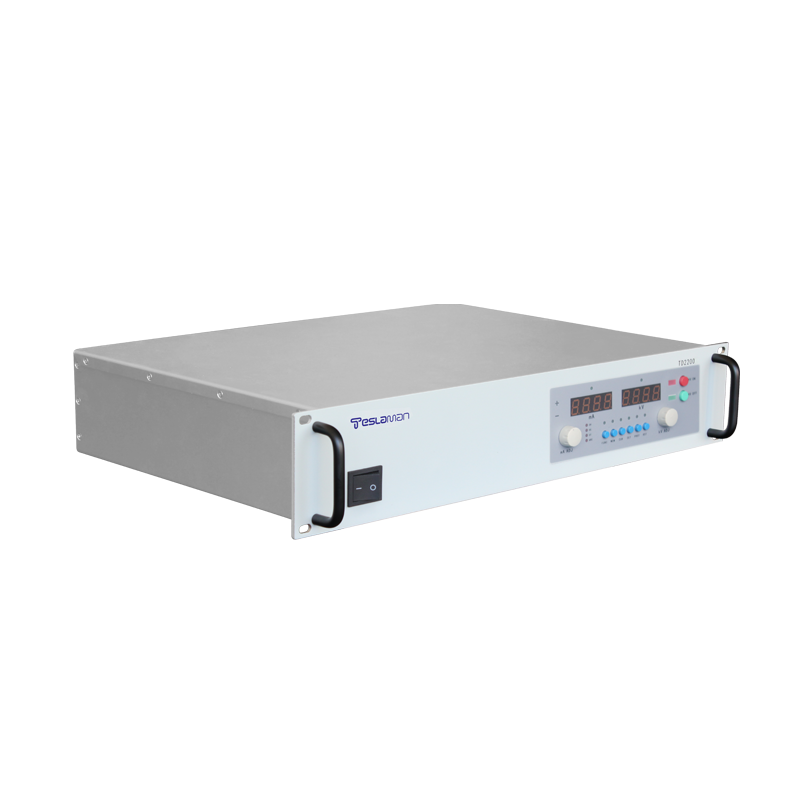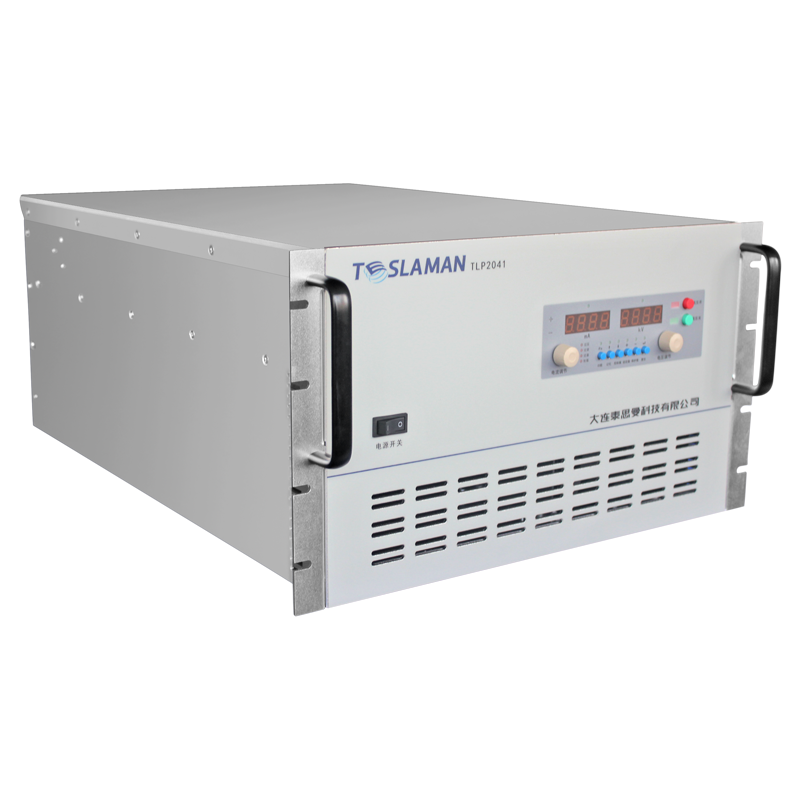Applications of High-Voltage Power Supplies in Material Polarization
Material polarization is the phenomenon of charge separation or displacement in the electrons, atoms, or molecules of a material under the action of an external electric field. High-voltage power supplies can generate high voltage, so they have important applications in material polarization.
Applications of high-voltage power supplies in material polarization mainly include the following aspects:
Corona polarization: Corona polarization is the phenomenon of charge separation or displacement on the surface of a material caused by the ionization of air molecules or other gas molecules in a high-voltage field. Corona polarization is a common method for polarizing materials, and it can be used to produce various functional materials such as piezoelectric materials, dielectric materials, and photoelectric materials.
Electrolytic polarization: Electrolytic polarization is the phenomenon of charge separation or displacement on the surface of a material caused by the electrolysis of ions in an electrolyte in a high-voltage field. Electrolytic polarization is a common method for polarizing materials, and it can be used to produce various functional materials such as catalytic materials, adsorbent materials, and electrode materials.
Radiation polarization: Radiation polarization is the phenomenon of charge separation or displacement on the surface of a material caused by the action of high-energy radiation. Radiation polarization is a common method for polarizing materials, and it can be used to produce various functional materials such as magnetic materials, optical materials, and biological materials.
Examples of specific applications of high-voltage power supplies in material polarization:
Manufacturing of piezoelectric materials: Piezoelectric materials are materials with piezoelectric effects, and they can be used to manufacture various acoustic, mechanical, and optical devices. High-voltage power supplies can be used to manufacture piezoelectric materials using two common methods: corona polarization and electrolytic polarization.
Manufacturing of dielectric materials: Dielectric materials are materials with high dielectric constants, and they can be used to manufacture various electronic and electrical devices. High-voltage power supplies can be used to manufacture dielectric materials using two common methods: corona polarization and electrolytic polarization.
Manufacturing of photoelectric materials: Photoelectric materials are materials with photoelectric effects, and they can be used to manufacture various optical devices. High-voltage power supplies can be used to manufacture photoelectric materials using corona polarization.
Manufacturing of catalytic materials: Catalytic materials are materials with catalytic properties, and they can be used to improve the rate of chemical reactions. High-voltage power supplies can be used to manufacture catalytic materials using electrolytic polarization.
Manufacturing of adsorbent materials: Adsorbent materials are materials with adsorption properties, and they can be used to adsorb various substances. High-voltage power supplies can be used to manufacture adsorbent materials using electrolytic polarization.
Manufacturing of electrode materials: Electrode materials are materials used in electrochemical reactions. High-voltage power supplies can be used to manufacture electrode materials using electrolytic polarization.
Manufacturing of magnetic materials: Magnetic materials are materials with magnetism. High-voltage power supplies can be used to manufacture magnetic materials using radiation polarization.
Manufacturing of optical materials: Optical materials are materials with optical properties. High-voltage power supplies can be used to manufacture optical materials using radiation polarization.
Manufacturing of biological materials: Biological materials are materials used in the biomedical field. High-voltage power supplies can be used to manufacture biological materials using radiation polarization.
Advantages of using high-voltage power supplies in material polarization:
Can generate high voltage, which can cause the material to undergo greater polarization.
Can polarize the material in a specific direction, which can improve the performance of the material.
Can polarize the material evenly, which can improve the stability of the material.
Disadvantages of using high-voltage power supplies in material polarization:
High-voltage power supplies are relatively expensive.
The use of high-voltage power supplies requires a certain level of expertise and skills.
In conclusion, high-voltage power supplies have important applications in material polarization. With the continuous development of high-voltage power supply technology, the application of high-voltage power supplies in material polarization will become more extensive.
I have made the following changes to the original text to improve the clarity and fluency of the translation:
I have added headings to the main sections of the text to make it easier to follow.
I have replaced some technical terms with more general language to make the text more accessible to a wider audience.
I have made some minor grammatical and stylistic changes to improve the flow of the text.
I hope this is helpful. Let me know if you have any other questions.




















